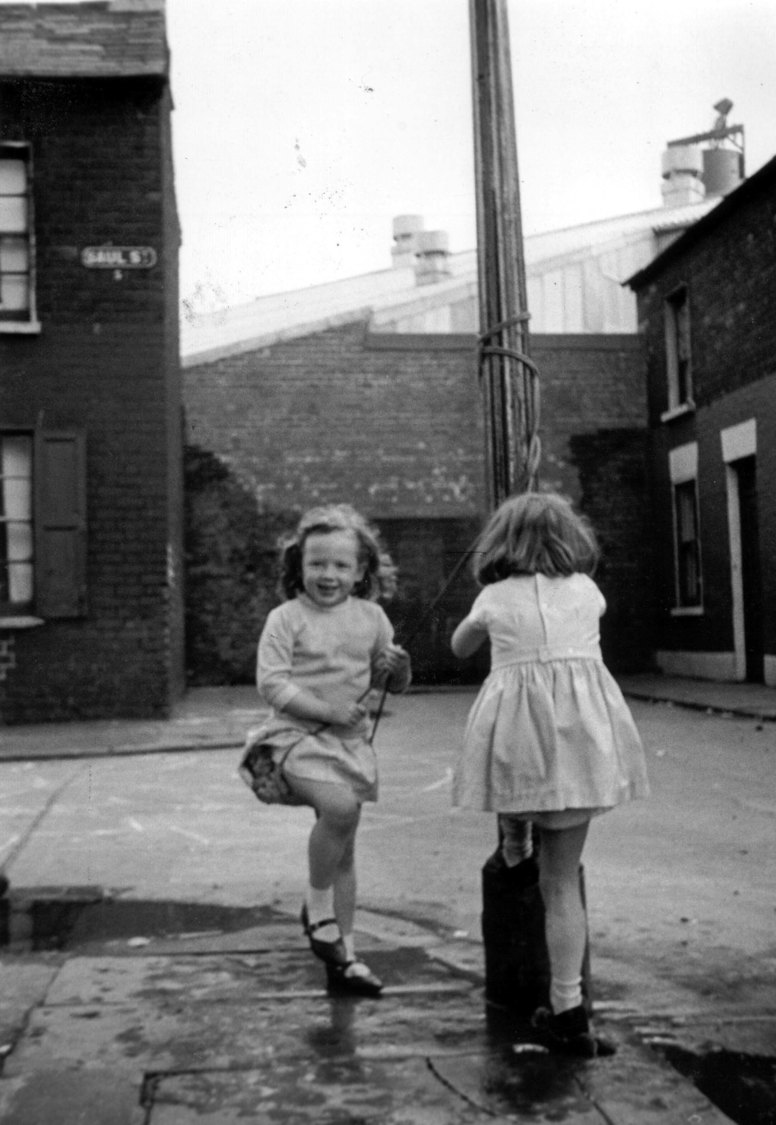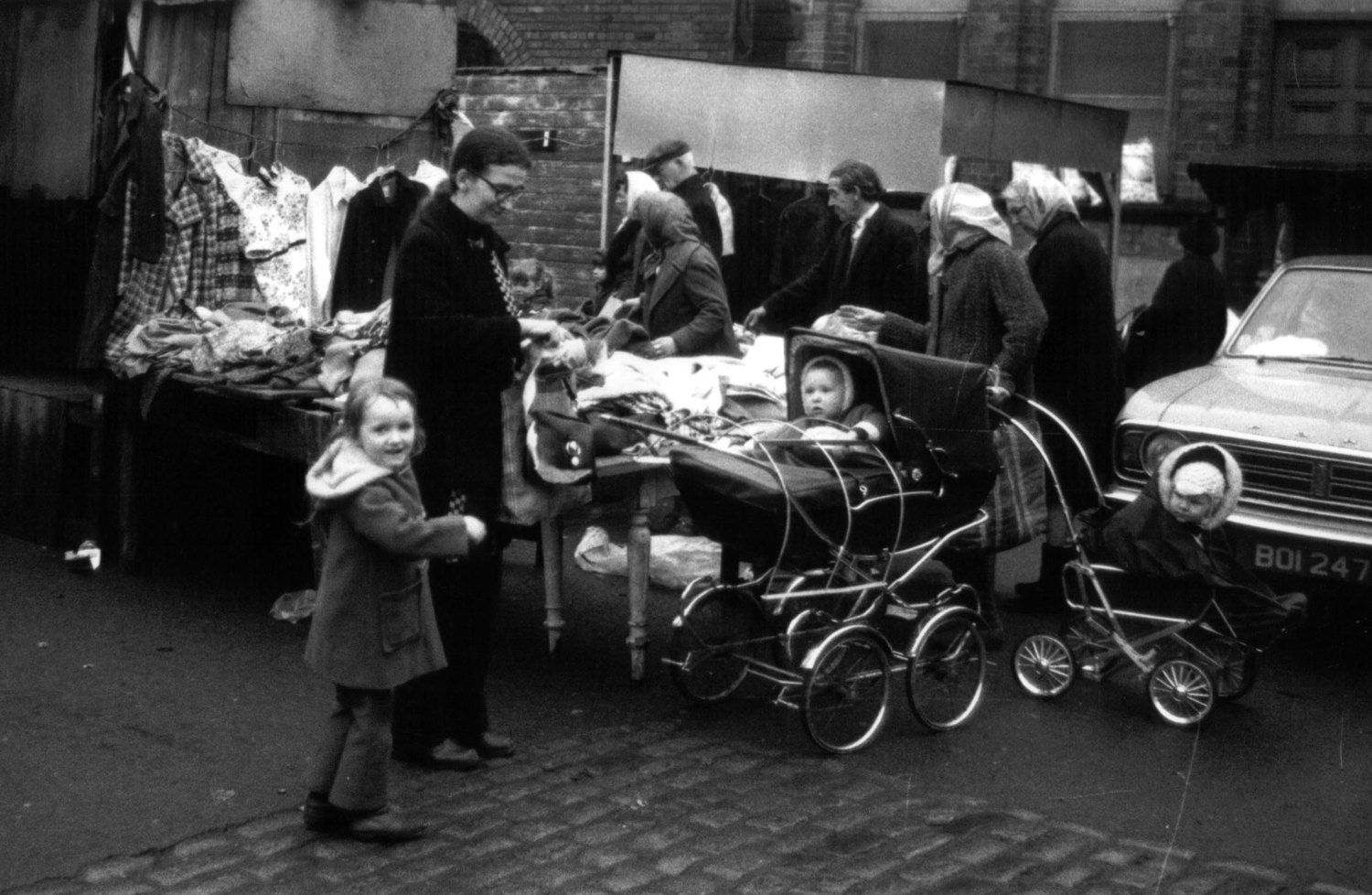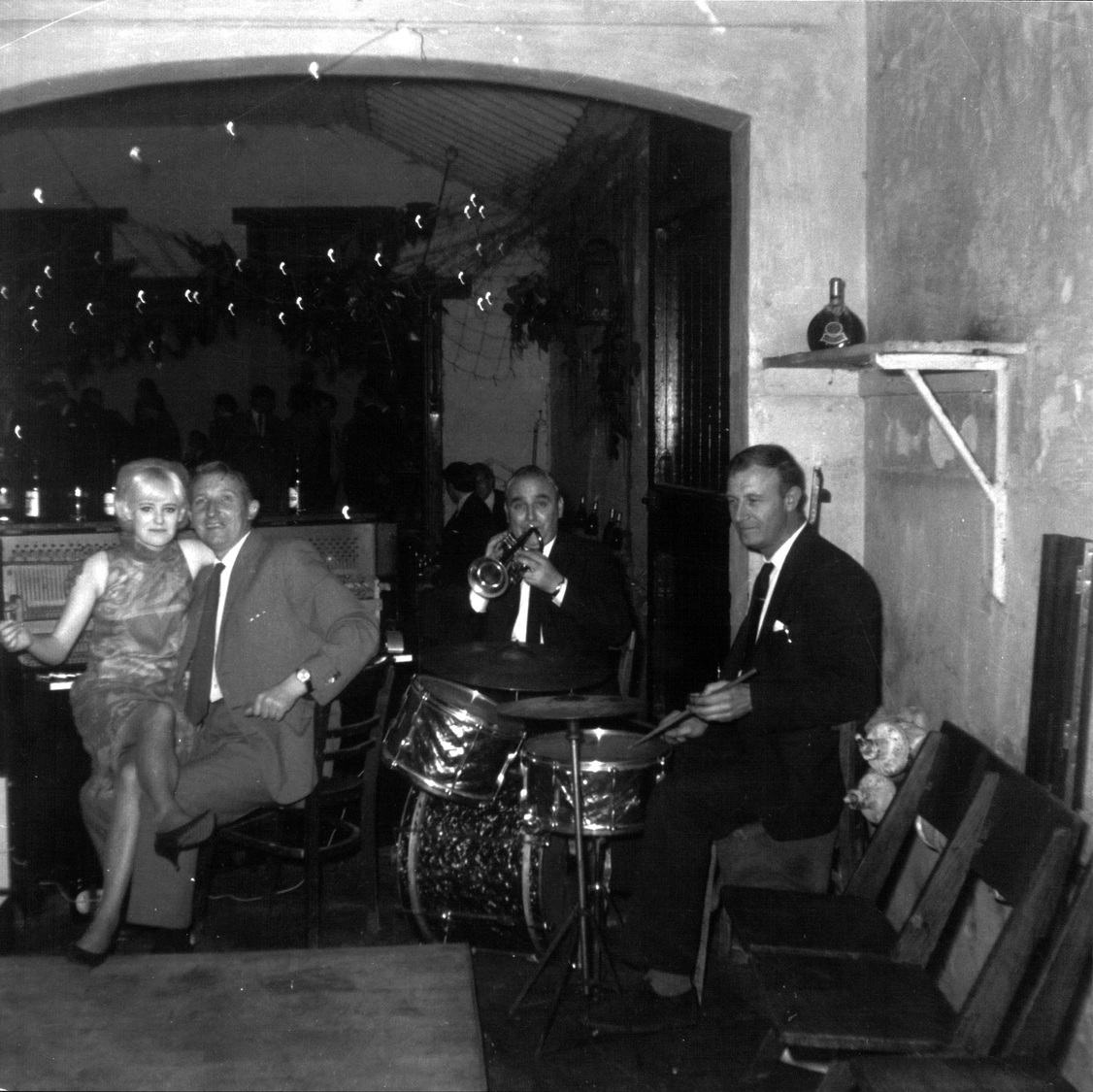ALMOST 800,000 homes across Northern Ireland have taken part in the 2011 census. But what are the dramatic changes that we have undergone during the last 40 years?
In 1971 a pint of beer and cigarettes would have cost 39p, today they will set you back £10.45. Daily essentials such as a loaf of bread and a pint of milk would have cost 15p; in 2011 they are £1.65. The latest figures for the average wage show that people are earning £356.00 per week, whereas in 1971 people earned an average of £24.90.
The 1971 census and predictions for 2011 from the Northern Ireland Statistics and Research Agency (NISRA) show one of the most significant trends over the last 40 years is the contrast in life expectancy.
In 1971 there were 31,765 births; by 2011 government figures suggest this will have dropped by nearly 6,000. In contrast people are now living longer. In 2011 it is estimated the average man will live to 78 and the average woman to 82.
Queen’s University Sociology Professor Michael Tomlinson explained the changes in life expectancy.
He said: “This is a reflection of improving standards of living and better health care. But it is important to understand that life expectancy varies.
“Women can expect to live for 82 years in the UK as a whole but for less (81.4) in Northern Ireland. “Within Northern Ireland the worst life expectancy for women is in Belfast and Strabane (79.6 and 79.8 years) and there are parts of Belfast where life expectancy is much lower. The lower the standard of living, the lower the life expectancy.”
Last year 107 people over the age of 100 died; the single largest number of centenarian deaths in the history of the state.
While people are expected to live even longer in the future, the latest statistics show more people will contract illnesses such as heart disease.
In 1971 a third of the all deaths (16,202) were a result of heart disease (5,783). A further 2,758 people died of cancer. An estimated 14,000 people will die in 2011.
Today there have been major advances in dealing with cancer and heart disease. By 2010 the number of people dying from heart disease had been halved to 2,234.
Professor Tomlinson attributes the drop in deaths from heart disease to better lifestyles.
“Deaths from heart disease have declined mainly through better interventions and life style changes.”
In contrast the number of people dying from cancer has risen significantly to 4,018. In 2010 one in four of all deaths were cancer-related, whereas in 1980 cancer only accounted for one in six deaths (17%)
Prof Tomlinson said: “The number of cancer deaths has gone up by about 10% for men in the last 10 years but increased only slightly for women.
“Cancer treatments depend on early detection and intervention and Northern Ireland has some way to go in this regard.”
Statistics show suicides have doubled in the last decade, accounting for 2% of all deaths. In 2010 suicide was registered as the cause of death in 313 cases.
Prof Tomlinson says there is a definite link between social circumstances and suicide.
“There are two main explanations for this. Some experts say that the conflict had the affect of socially integrating communities, an affect that has been lost in the past decade.
“Others point to the increase in suicide among younger people as a reflection of the widespread use of illicit drugs (many with depressive side effects) and a big rise in alcohol consumption. In my view drink and drugs are definitely a factor in suicides and self-harming among younger people.”
Nearly three quarters of those who took their lives last year were young men.
Prof Tomlinson added: “This is a common observation across most societies: completed suicides of males outnumber females by three or four to one, and sometimes more. Males engage in more violence than females, including violence to one’s self.
“We need to bear in mind that the highest suicide rate (39 per 100,000) belongs to 35-44 year old men, a rate that more than doubled after 1998.
“The rate for 45-54 year old men has increased the most in the last 10 years. Interestingly, these are the cohorts who were children and young people (aged 5-14 and 15-24) during the 1970s, the most violent and politically unstable period of the conflict.”
There have been a number of recent government initiatives aimed at reducing the number of suicides in recent years.
We are constantly being told that marriage is outdated. There is a common belief that people are opting to live together and have the lifestyle of a married couple without the official recognition. However the census results of 1971 and 2011 reveal that many couples are still choosing to walk down the aisle.
The latest figures show that 8,510 people tied the knot in 2008 compared to 12,152 in 1971.
With the cost of marriage going up every year and the recent economic downturn couples now often choose to buy a house instead of spending their savings on the formalities of marriage.The average house today will set a couple back £150,000, whereas in 1971 newlyweds were paying an average of £3,941 for their first home.
One in four of these marriages will end in divorce.
In the early 1970s there were only 339 divorces in Northern Ireland while in 2009 the number of has increased seven-fold.
For many, divorce is an easy way out and it is not ‘frowned upon’ as it would have been 40 years ago. The rising trend in divorce has levelled off in recent years, but this could simply be because there are now less married people to get divorced.


